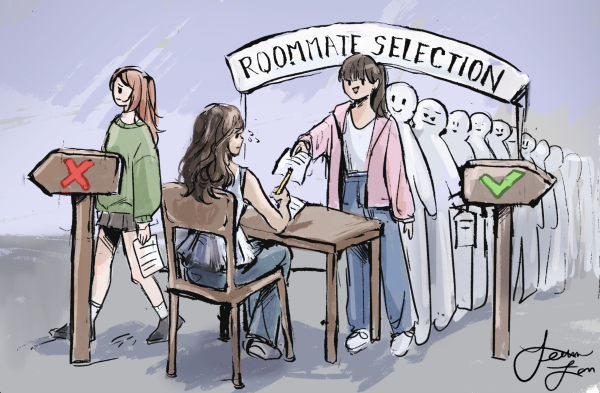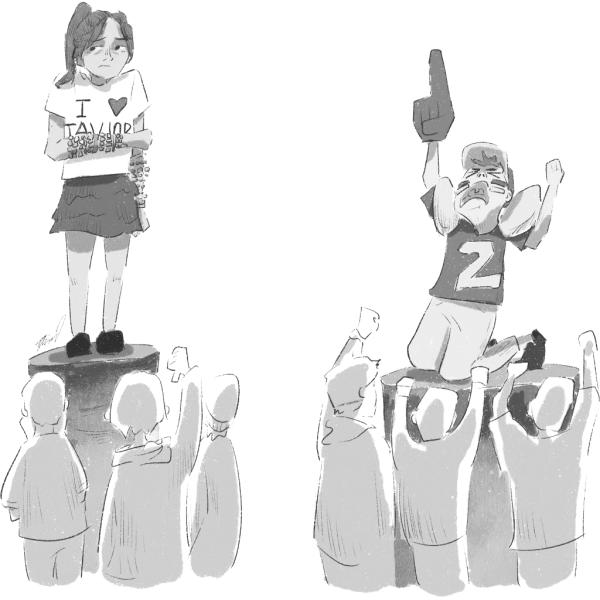Retention election for California’s District Four Court of Appeals Justices, voters left uninformed
November 1, 2022
Of California’s District Four Court of Appeals Justices, almost a fourth of judges across all three divisions have expiring terms and are up for retention. However, once it’s time for voters to check “yes” or “no” on their ballots, how many will even recognize the names on the ballot and, more or less, know who they’re putting in a position of power for the next 12 years?
The Court of Appeals is California’s intermediate court, whose purpose is to review trials of district courts and check for legal errors. Judges of this court level handle civil cases, such as family court cases or cases involving $25,000 or more. This includes divorce, child custody, contract disputes, property damages, or the involvement of someone suing for money. Ultimately, the Court of Appeals can overturn the lower court’s rulings on such cases.
All this power and control that can be transformative to people’s lives belongs to the Court of Appeals Justices, but people often vote blindly and baselessly because they know nothing about the candidates.
Court of Appeals Justices are appointed by the governor instead of being voted in, which makes these retention elections held once every 12 years so important, but even so, judges of this court level rarely ever lose their retention elections. However, this is not to say the current judges in these positions that have gone through an intensive nomination process and have been evaluated thoroughly are unqualified for their job.
With decades of experience in the legal world, these individuals have built a good reputation, but much of their career history, good or bad, are left unknown to voters. Opposing campaigns against a Court of Appeals justice have been almost unheard of during a retention election and there’s a high likelihood there won’t be an upcoming one in the foreseeable future.
But of course, since there’s no publicly known information to disagree with in the first place and no cause for concern, there won’t be any discourse or discussion surrounding the judges.
In all other cases, candidates, measures, and propositions can submit a statement to appeal to citizens, but for fear of showing bias toward certain groups, judges refrain from submitting a statement. Without an in-depth description and review of each of the twelve individual judge’s long standing careers and values on every ballot, there is a high chance that 90% of people have no idea who they’re voting for, since the candidates themselves avoid public statements altogether.
This lack of transparency keeps voters in the dark. The average person would have to do much more than a few quick Google searches just to find basic, necessary details on the justices they’re voting on, and that is already more than what most people are willing to do. But because the terms of these justices stretch over such a long period of time, it’s critical for voters to be informed.
When there’s a lack of transparency and tangible, useful information, the distrust between voters and the government increases. Recently, we’ve seen the hard-to-ignore effects of the U.S. Supreme Court. Dangerous and shocking actions of higher courts in recent overturnings, such as Roe v. Wade and Planned Parenthood v. Casey, have made citizens feel insecure in their health and livelihood. These results of these actions are inevitably reinforced upon the entirety of the federal court system itself, which rightfully leads many to question the legitimacy of the justices in charge of these terminal decisions.
In recent years, judges of supposed non-partisanship have become more political due to controversial topics such as LGBTQ+ rights, gun rights, abortion, and racial injustices. Oftentimes, perpetuations of religious and traditional values end up politicizing the court, resulting in possible biased rulings that are controversial, but agreeable enough to be ignored.
This makes knowing the justices responsible in these intermediate courts even more crucial during a retention election. Voters are unlikely to receive sufficient information to make an educated decision on the ballot this year; without easy access to information on something as crucial as the Court of Appeals justices, votes in this election, and any election, won’t truly represent the wants and needs of citizens.






